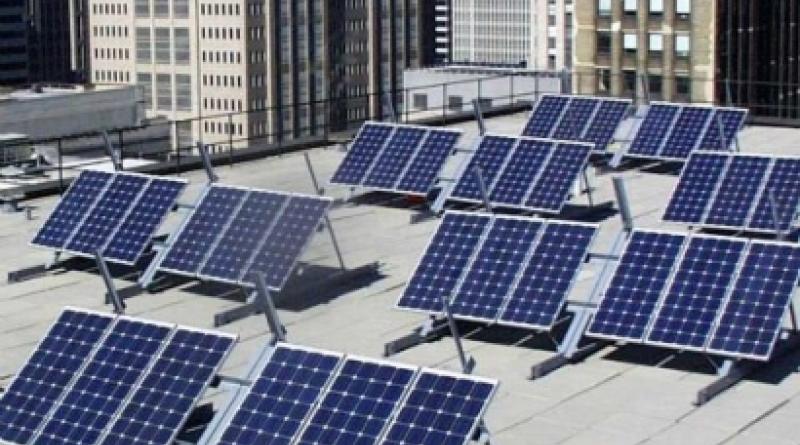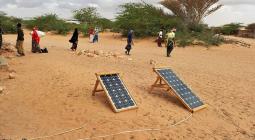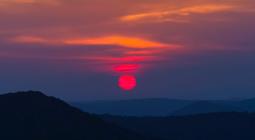Renewable Projects in Africa Surge - Let's Keep It That Way.

Africa needs energy. Period. The lack of energy on the continent costs nations 2-4% GDP every year. In the Sahel region, such as Senegal, Mali, Niger, Chad, Sudan and other areas, nearly two-thirds of the population lives without any electricity. Overall on the continent, 45% of residents have no access to electricity. So, if you are going to bring energy to Africa, it should be energy that is sustainable and renewable.
A 46-turbine wind farm project planned by Vestas in Senegal will boost the generation capacity of that nation by 15%. Just a few weeks ago, the largest wind farm in Africa, a 310 MW project in Kenya, went into full operation. Egypt will add 120 MW with its Gulf of El-Zayt project expansion along with Engie agreeing to build a new 500 MW project near Ras Ghareb. In South Africa, a 140 MW project called Kangnas is under construction. For offshore wind Africa is lagging. However, The World Bank recently named 12 countries to receive emerging funds for offshore wind, including Morocco.
Hydropower is also prevalent in Africa. In Rwanda, the Rubagabaga Hydropower Plant has brought jobs and energy to numerous homes. In Tanzania, construction just began on a 2,115 MW hydro power plant over the Rufiji River. The Republic of Cameroon just signed a letter of intent for the Grand Eweng hydropower project. And the largest project is the Grand Inga Dam project in Congo, which can produce an unbelievable 40,000 MW, enough to power half of Africa!
And then there is solar. Solar is starting to boom in Africa. In the first quarter of 2019, Africa added 556 MW of grid solar alone. And according to Moneyweb, in African countries where the grid doesn't even exist, or is unreliable, rooftop solar can be as "transformative as coal power was in earlier waves of development." So, where are the solar projects being constructed? In Morocco, the government signed a contract to build a plant that combines solar technologies and storage, giving it daytime through dark power. Solar in the dark; can't beat that. The University of the Free State in South Africa is working on a new type of window glass which would act as a transparent solar panel.
Opposition to renewables in many nations is often a severe hindrance to projects being completed on time, or at all. However in Africa, opposition appears to be less severe than in Europe, America and other areas. Opposition often comes not from citizens, but from political leaders, who fear renewables are too slow or too expensive. As governments are becoming anxious to set renewable target dates of 2030, 2040 or 2050, and as investment increases and prices decrease, the excuses are becoming less prevalent. However, renewable energy developers should continue to bring in the public to educate and build public support for each project. Better to prevent opposition in the first place than to try and overcome it.
Al Maiorino started Public Strategy Group, Inc. in 1995. His firm has developed and managed multiple corporate public affairs campaigns in a variety of industries such as gaming, cable television, retail development, auto racing, energy and residential projects. Additionally, his firm has worked on projects in twenty-six states and three countries.
5 August 2019
RENEWABLE ENERGY MAGAZINE



